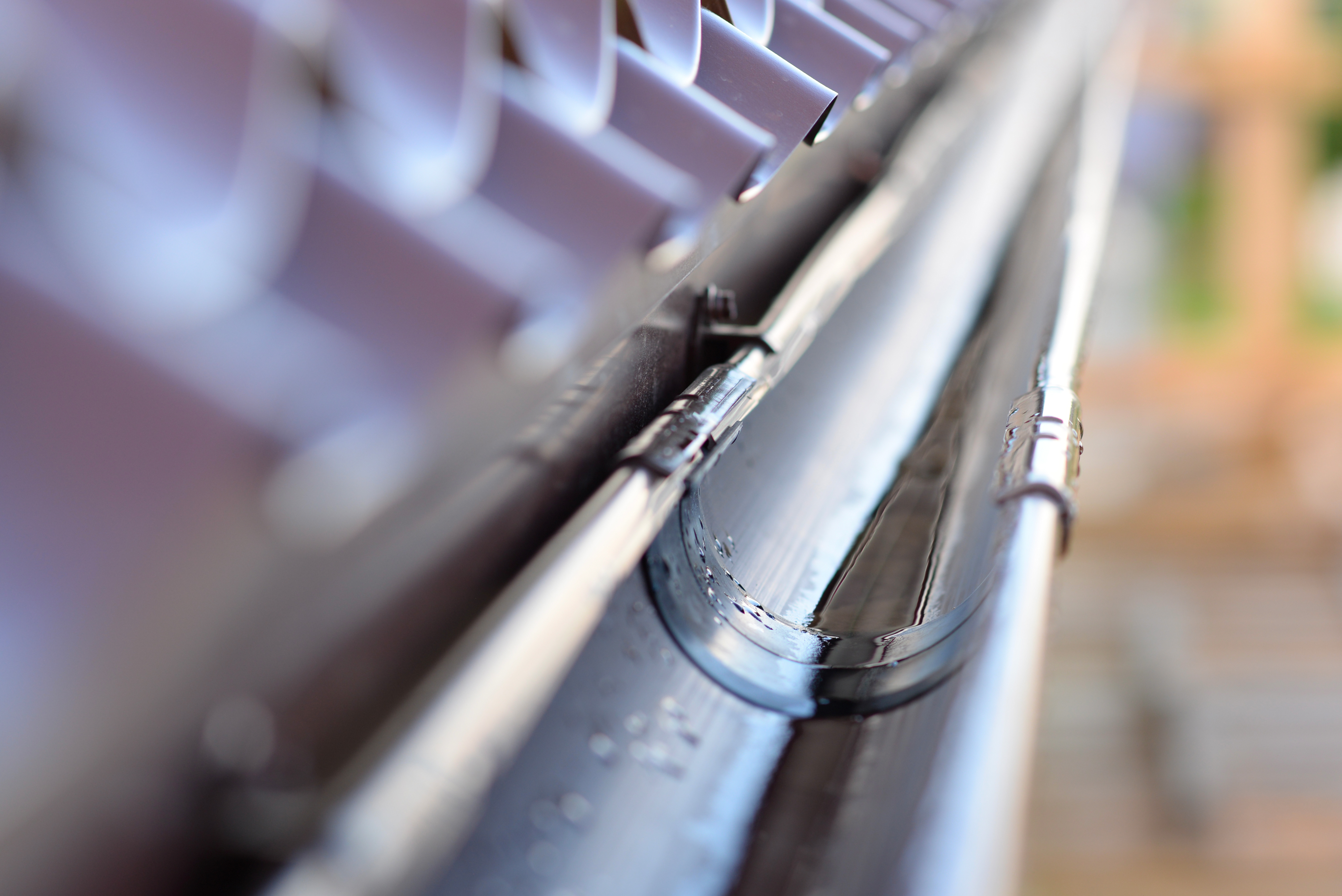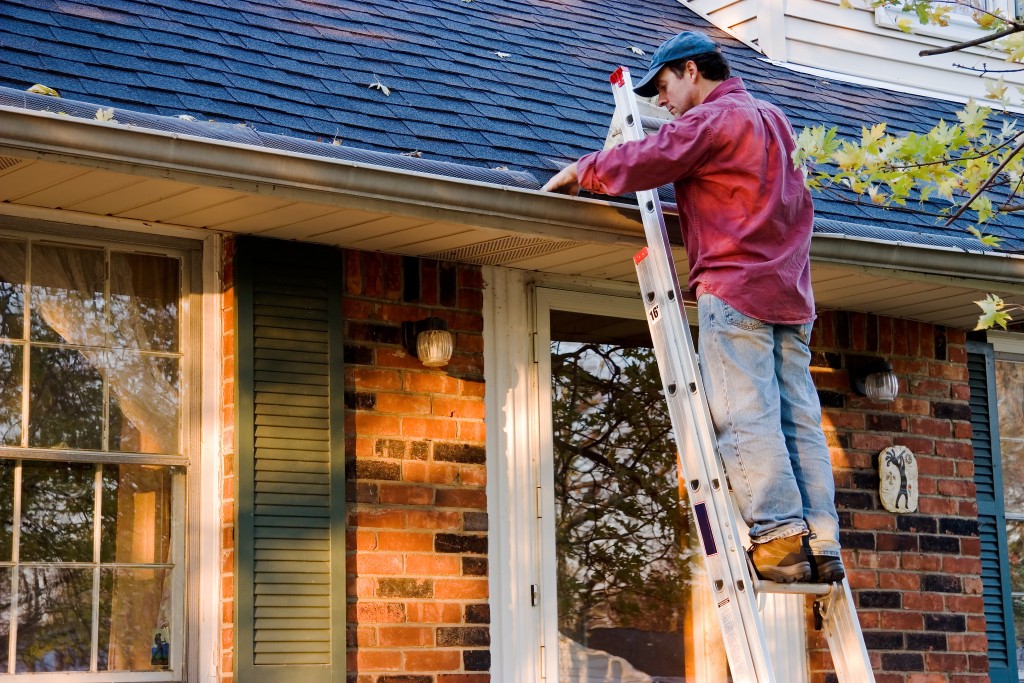 (412) 364-9114
(412) 364-9114

When it rains, water is supposed to roll down the side of your roof and into your gutters, through the gutters to a downspout, into the downspout and away from your home’s foundation. Unfortunately, it doesn’t always work that way. On some homes, water tends to drip behind the gutters, down the fascia and soffit and then either down the side of the house, or straight to the ground. If you’re not closely attuned to the behavior of your home’s water drainage system, you may not notice this occurrence.
To be sure that your gutters are functioning the way they’re supposed to, we encourage you to take a close look at your gutters the next time it rains. You may see water dripping behind the gutters, or you may notice that your soffit is wet.
Over time, this could cause your home’s wooden roof deck to rot, and the paint on your fascia and soffit to crack and deteriorate. After a while, this will cause the wooden parts of the house to begin to rot, and in a few short years, you could be paying hundreds of dollars in repairs. We encourage you to make repairs before winter arrives.

The first thing you should do (after it stops raining) is to get up on a ladder to check that the gutters themselves aren’t clogged. If the gutters are clogged, it’s possible that the water is overflowing the gutters and this is contributing to the leak.
If the gutters look clear, run a hose and fill the gutters with water. Water should run out the downspout and away from the house without filling the gutter. If the water fills the inside of the gutter, this means the gutters are clogged. If this is the case, this tutorial will help you clean your gutters.
If your gutters aren’t clogged, then this means water from the roof is running over the shingles and down the trim, never quite making it to the gutters. If you talk to your friends and neighbors about this problem, some people might encourage you to install a drip edge on your roof.
A drip edge fits under the shingles and over the edge of the trim. It will protect part of the fascia and also the roof deck, but it won’t actually direct the water into the gutters. Using a drip edge will only solve part of the problem, because water will continue to run down the side of the house behind the gutters.
A gutter apron is similar to a drip edge in that it fits under the shingles and protects the roof deck. However, a gutter apron is different from a drip edge because it hangs over the gutters and then angles back toward the house. The gutter apron prevents water from ever reaching the soffit by leading water straight into the gutters.
To install a gutter apron, slide the apron over the roof deck just beneath the shingles and fit the angled bottom of the apron over the gutters. Then use roofing nails to nail the gutter apron into place. For more information, take a look at this gutter installation tutorial, where you can see a picture of a gutter apron being installed.
Good luck with the gutter apron installation! Fixing this problem will save you money and help you prevent damage to your house.